Goma Saba combines the rich, fatty goodness of mackerel with the nutty essence of sesame, creating a dish that is both savory and satisfying. If you’re intrigued by Japanese cuisine or simply curious about new flavors, delve deeper into the article to uncover more about goma saba’s history, preparation methods, and why it holds a special place in Japanese culinary traditions.
What is Goma Saba?
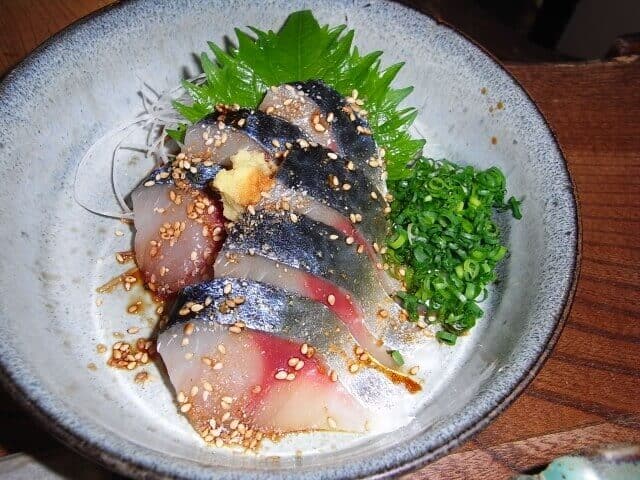
Goma Saba (ごまさば) represents a culinary treasure from Fukuoka, Japan, exemplifying the region’s exceptional culinary expertise. This dish artfully combines locally caught mackerel (saba) with a rich sesame (goma) sauce, creating a harmonious blend of flavors that delight the palate.
The preparation of this dish begins with the careful selection of fresh mackerel, which is typically butterflied in order to ensure even cooking. The sesame sauce is the most prominent element of the dish, comprising a harmonious blend of toasted ground sesame seeds, soy sauce, rice vinegar, and a subtle hint of sweetness. This sauce, which is often a closely guarded family recipe, is applied to the fish prior to grilling or broiling to achieve the desired level of doneness.
The result is a multisensory experience that engages the senses simultaneously. The dish is visually striking, with a glistening exterior speckled with sesame. The aroma is tantalizing, with notes of roasted sesame and grilled fish. The texture of the dish presents a contrast between the crispy skin and the tender, flaky flesh. The flavor profile demonstrates a balance between the rich, oily mackerel and the nutty depth of the sesame.
In the culinary culture of Fukuoka, Goma Saba is not merely a food item; it is a social dish, ideal for sharing in izakayas with drinks or transforming a simple bowl of rice into a satisfying meal at home. It exemplifies the region’s dedication to local ingredients, balanced flavors, and culinary craftsmanship.
Goma Saba History
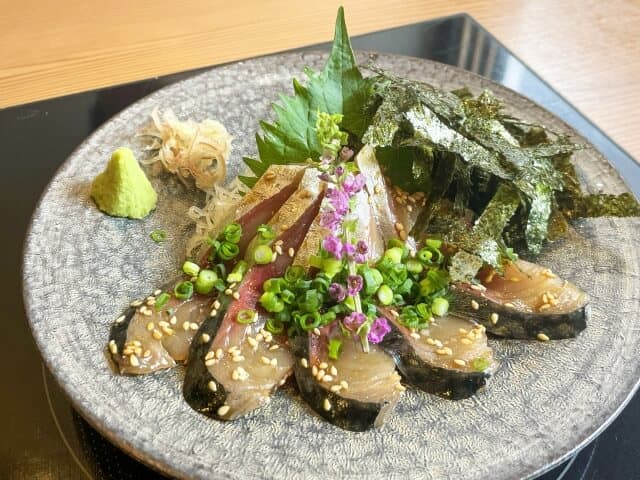
Hakata, Fukuoka, has a rich tradition of utilizing fresh seafood, including mackerel, which is uniquely enjoyed raw as sashimi despite its perishable nature. This practice contrasts with other regions in Japan where raw mackerel consumption is uncommon due to its quick spoilage. One of Hakata’s renowned local dishes is “Hakata sesame mackerel,” where mackerel sashimi, sliced slightly thinner than usual, is delicately seasoned with soy sauce, roasted sesame seeds, and mirin. Sometimes, additional condiments such as grated ginger, wasabi, and crushed seaweed are included to enhance the flavors. This dish can be savored as is or served over rice with hot water poured over it, transforming it into a comforting chazuke. The popularity of this preparation method is believed to have spread during the late Edo to early Meiji periods, coinciding with the widespread availability of soy sauce.
Goma Saba FAQ
- What are the differences between masaba and gomasaba?
Differences between masaba and gomasaba extend beyond their namesakes. Masaba, colloquially referred to as “flat mackerel,” stands out for its distinct flat body shape. On the other hand, gomasaba, known as “round mackerel,” features a more rounded physique, setting it apart visually from its flat counterpart.
- Is it safe to eat raw mackerel?
Eating raw mackerel, like gomasaba, is generally safe when prepared properly. With modern refrigeration and strict handling practices, raw mackerel dishes like gomasaba can be enjoyed safely in many places today, provided they are sourced and prepared with care to ensure freshness and quality.
Goma Saba Recipe
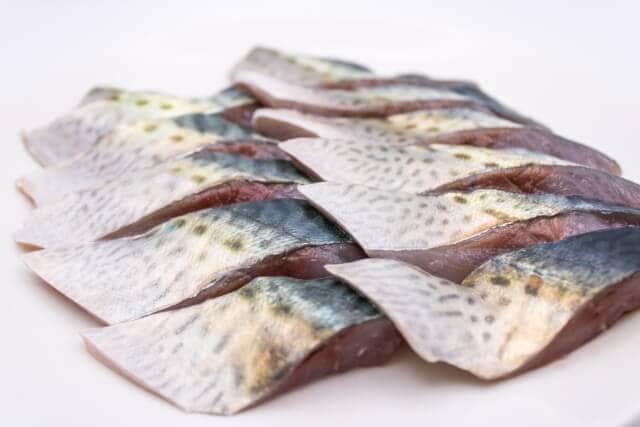
Goma Saba Ingredients
| Ingredients for 4-5 persons | Measurements |
|---|---|
| Mackerel | 800g |
| Ginger | 10g |
| Onion | 10g |
| Seaweed | 10g |
| Chopped sesame seeds | 10g |
| Seasoning A | |
| Soy sauce | 70g |
| Sake | 70g |
| Mirin | 30g |
| Sesame paste | 15g |
| Sesame (perilla) seeds | 20g |
How to make Goma Saba?
Cut the mackerel into three pieces, remove the skin, and slice it into pieces slightly thinner than sashimi.
Wash the sliced mackerel with sake and drain it in a colander to remove excess liquid.
Mix seasoning A (which typically includes soy sauce, mirin, and possibly sugar) together. Then, add the marinated mackerel from Step 2 onto a plate. Sprinkle chopped sesame seeds over the mackerel.
Top the dish with chopped ginger, green onions, seaweed, and additional chopped sesame seeds for added flavor and texture. Garnish with a dollop of wasabi for an extra kick.
Recommended Goma Saba Restaurants
Hakata Hotaru Nishinakasu (博多ほたる 西中洲本店)
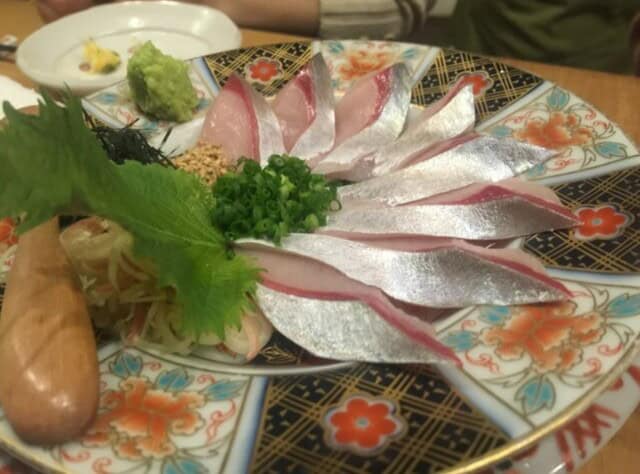
This restaurant serves up hearty straw-grilled dishes and other Japanese cuisine. They also serve local Hakata dishes such as mizutaki and motsunabe, but of course, you can also enjoy sesame mackerel! Their “Sesame Saba” is made with specialt live-caught mackerel. You eat it with a special sesame sauce and soy sauce.
Address: 5-9 Nishinakasu, Chuo-ku, Fukuoka City, Fukuoka Prefecture
Phone number: 092-732-3277
Hours open: 17:00 – 00:00 (LO 23:00)
Website: https://www.behappy-obu.co.jp/
Hakata Gomasabaya (博多 ごまさば屋)
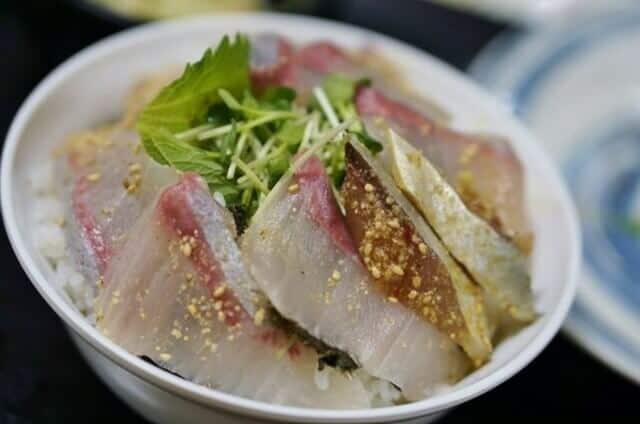
The restaurant’s appeal is that it’s easy to drop in and enjoy fresh seafood at reasonable prices. The most popular item in the shop is the “Sesame Mackerel.” The shop made it in the classic style with a sweet soy sauce base, sesame seeds added, and wasabi on top.
Summary
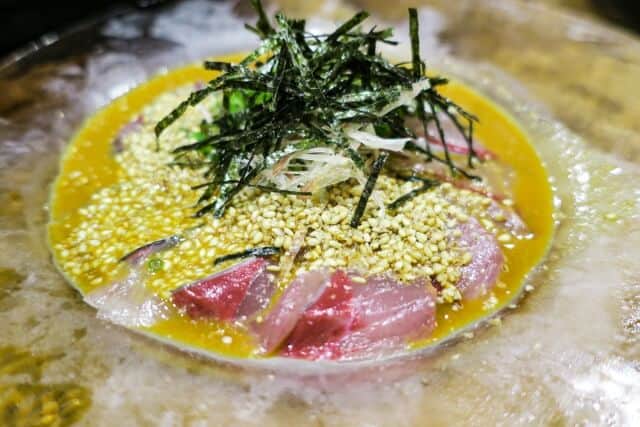
We hope this exploration of “goma saba” has piqued your interest and deepened your appreciation for Japanese culinary traditions. Whether you’re inspired to try it yourself or simply intrigued by its flavors, goma saba showcases the artistry and diversity of Japanese cuisine.
Now, that you know about Goma saba, we recommend you trying out other Japanese seafood dishes that we know you would like to try too.
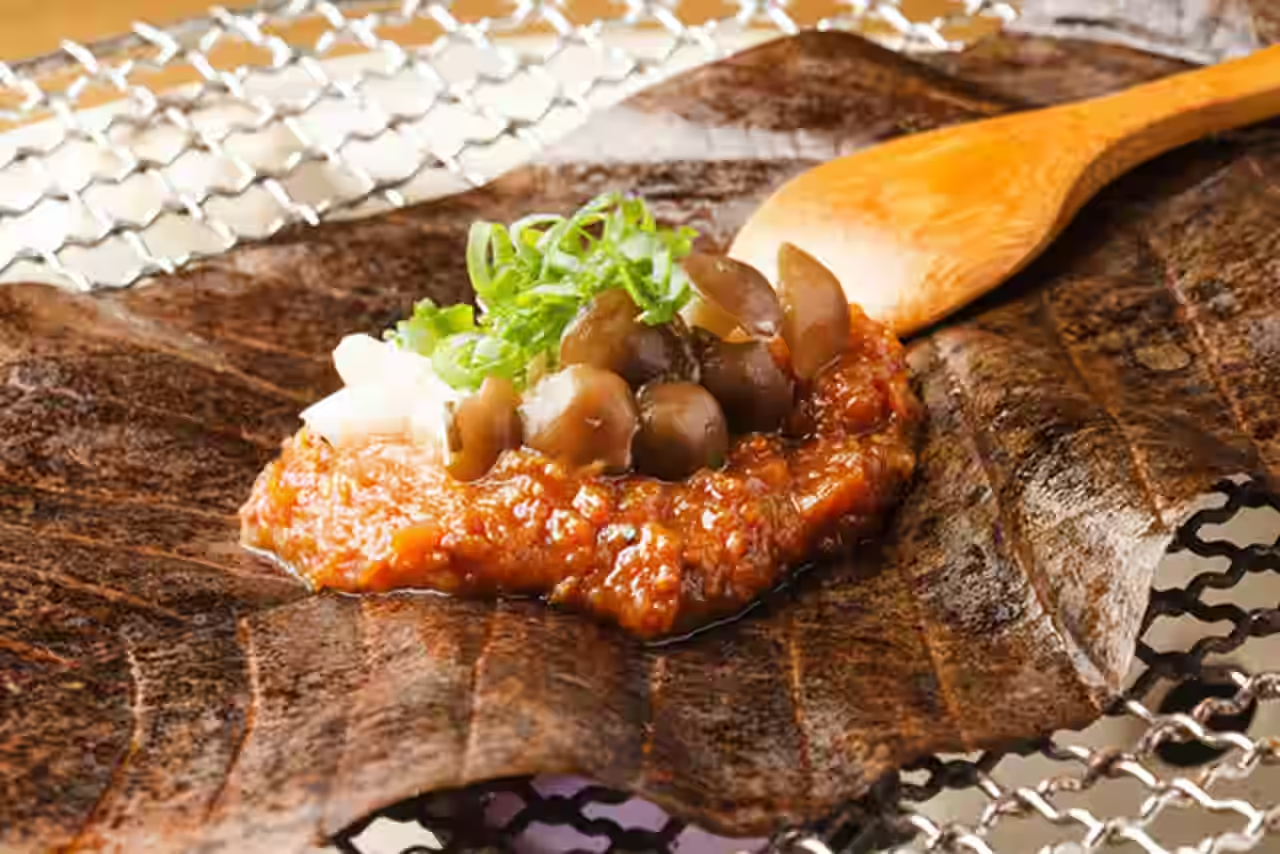


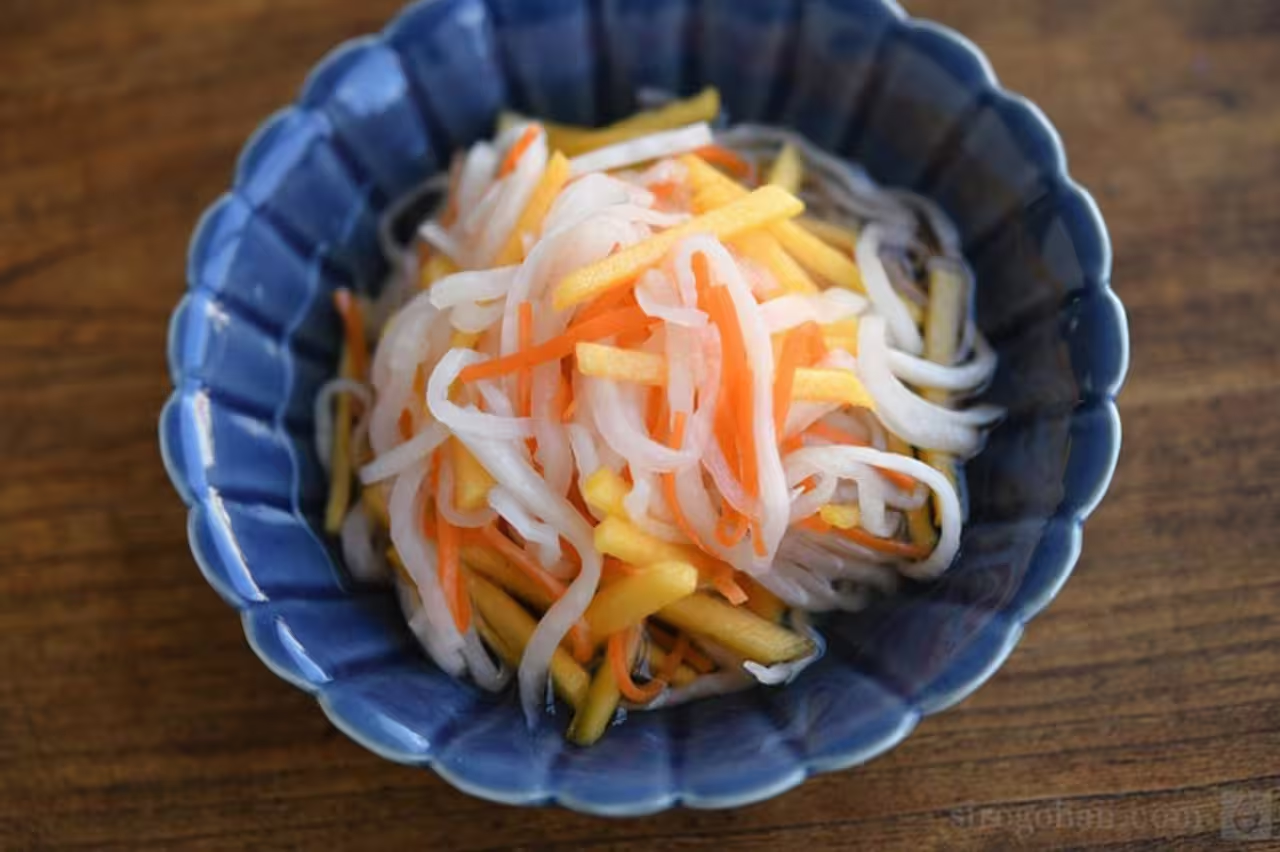
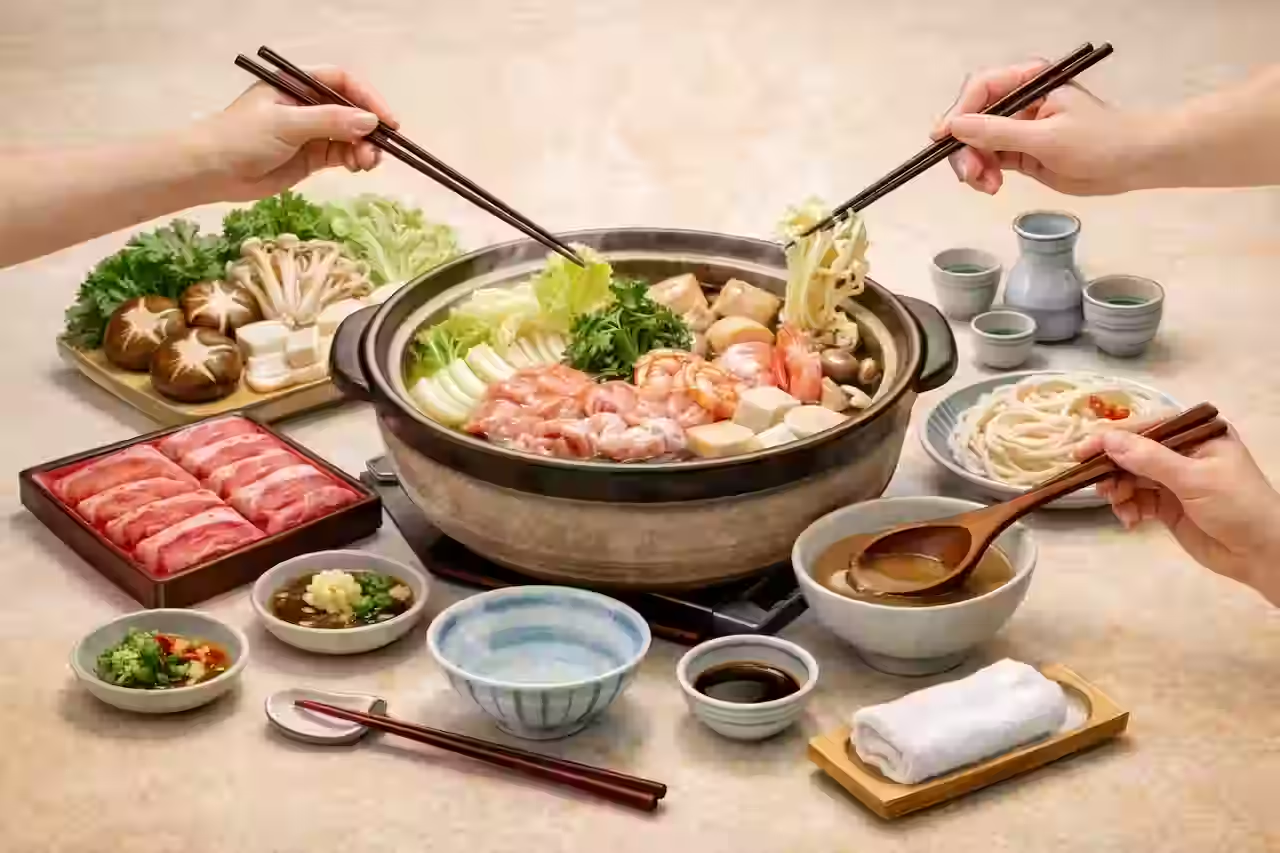

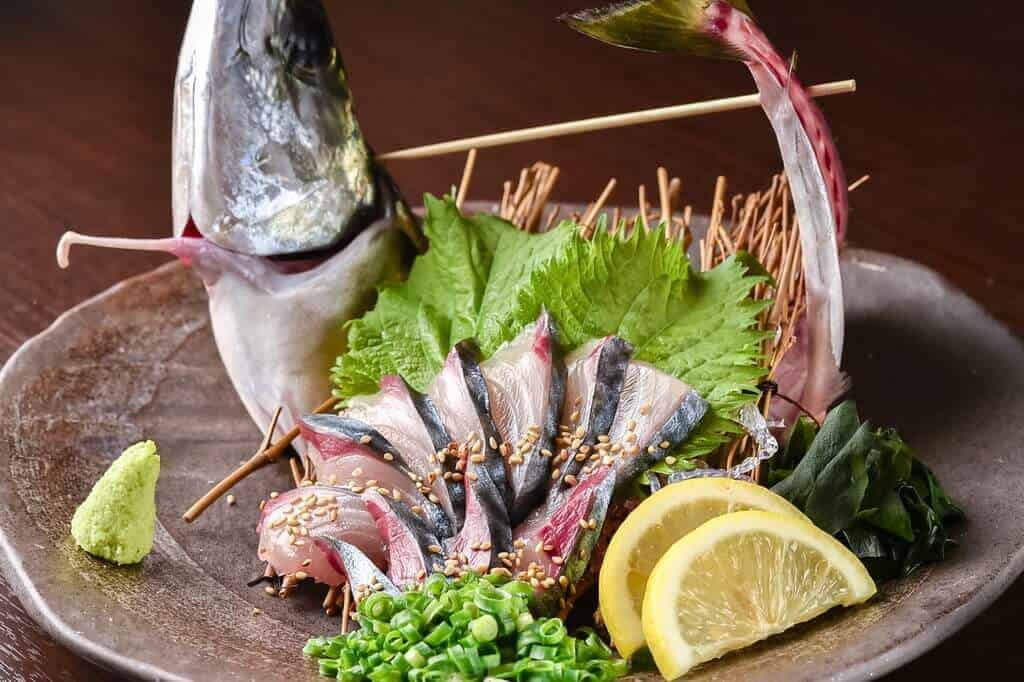
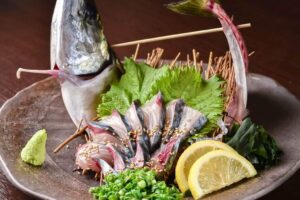
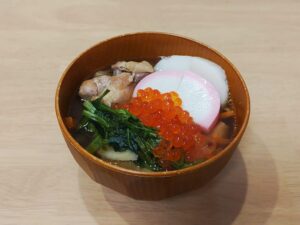
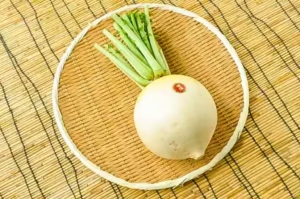
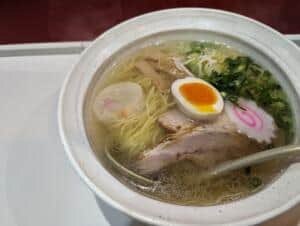
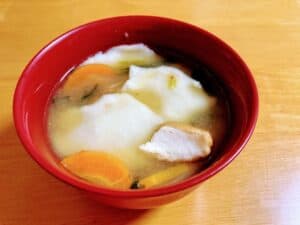
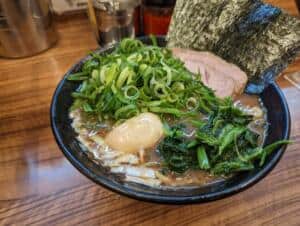
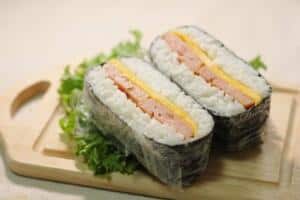
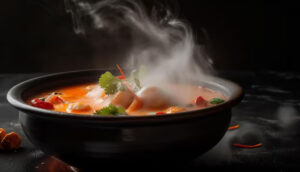

Comments